

Glenn Curtiss
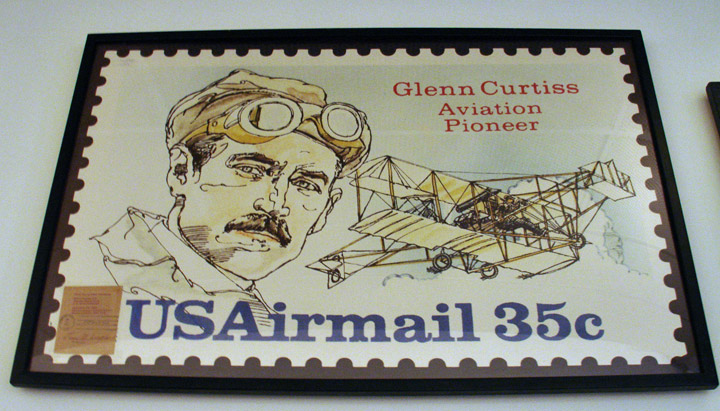
honored on a US postage stamp
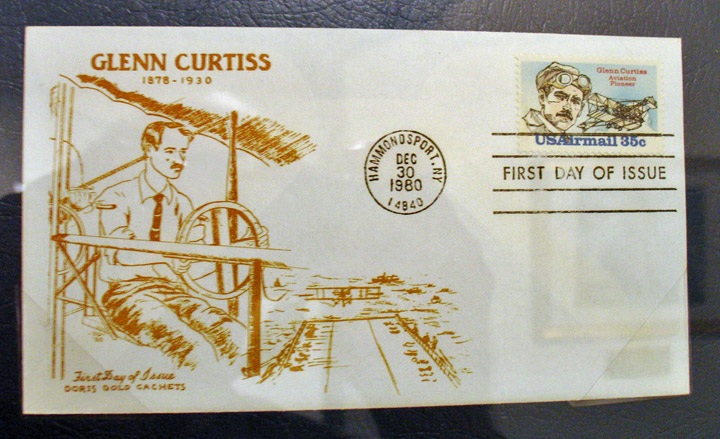
issued on December 30, 1980
Curtiss, Glenn Hammond (1878-1930), American aviator and inventor. He first worked as a newsboy but soon became interested in aviation. In 1908 he won a prize for making the first domestic public flight (1 mi) and the next year won the international aviation meet at Reims, France, flying an airplane he designed himself. In 1910 he was the first to fly from Albany, New York, to New York City, winning a $10,000 prize offered by the New York World. In the years 1908 to 1912, Curtiss designed and built a number of the earliest seaplanes and flying boats. His NC-4 was the first airplane to cross (1919) the Atlantic Ocean. During World War I and afterward, he was engaged in the manufacture of aircraft and engines and directed a chain of flying services and flying schools.
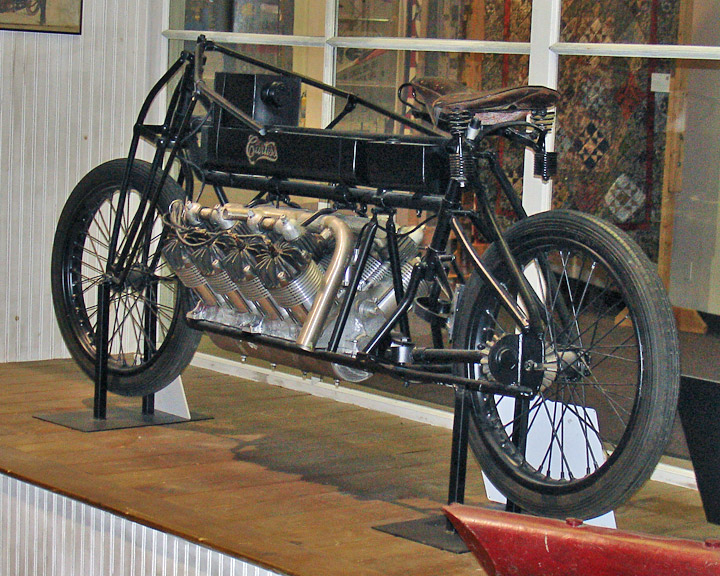
replica of the motorcycle on which Glenn Curtiss became "the fastest man in the World"
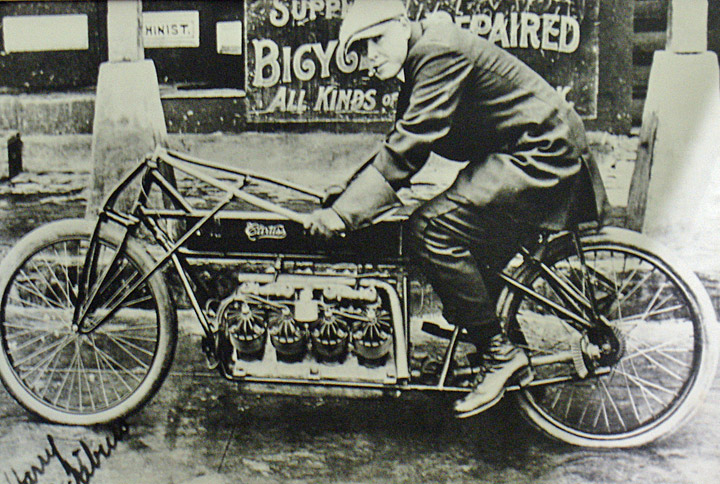
Fastest Man in the World
Prominent among American designers,
makers, and pilots of airplanes was Glenn Hammond Curtiss, of Hammondsport, New
York. He first made a solo flight on June 28, 1907, in a dirigible airship built
by Thomas Baldwin. It was powered with a Curtiss engine, modified from those
used on Curtiss motorcycles. In the following May, Curtiss flew alone in an
airplane designed and built by a group known as the Aerial Experiment
Association, organized by Alexander Graham Bell. Curtiss was one of the five
members. In their third airplane, the June Bug, Curtiss, on July 4, 1908,
covered a distance of 1552 m (5090 ft) in 1 min 42.5 sec., winning the first
American award, the Scientific American Trophy, given for an airplane flight. At
Reims, France, on August 28, 1909, Curtiss won the first international speed
event, at about 75.6 km/h (47 mph). On May 29, 1910, he won the New York World
prize of $10,000 for the first flight from Albany, New York, to New York City.
In August of that year he flew along the shore of Lake Erie, from Cleveland,
Ohio, to Sandusky, Ohio, and back. In January 1911 he became the first American
to develop and fly a seaplane.
Text from Microsoft Encarta
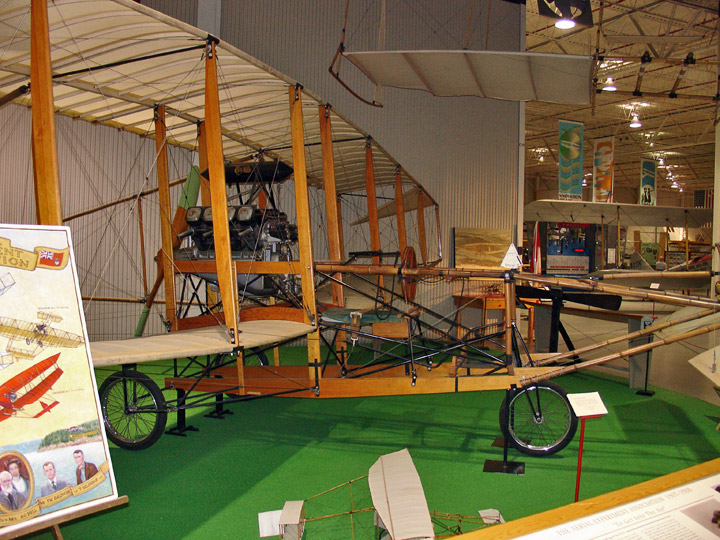
June Bug II
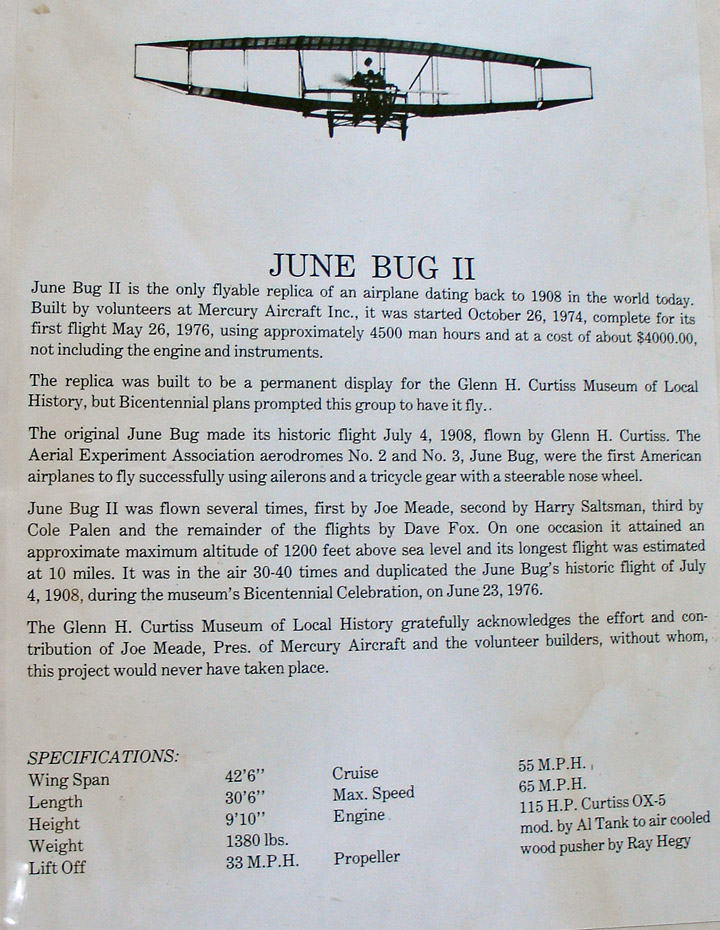
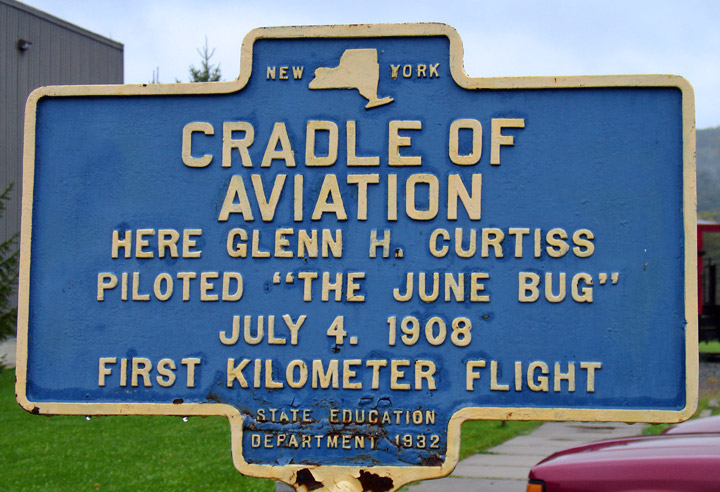
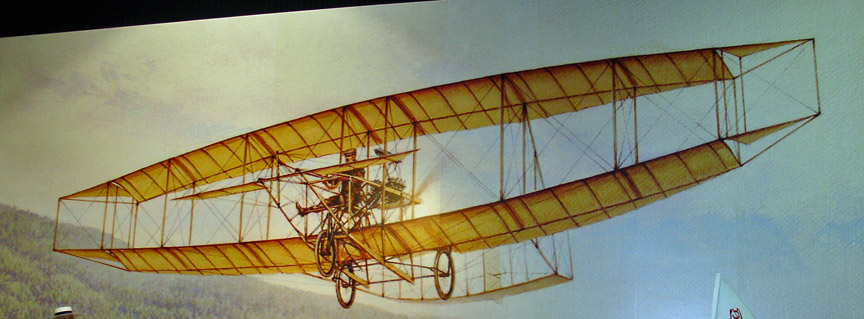
flight of the June Bug

the Curtiss Robin
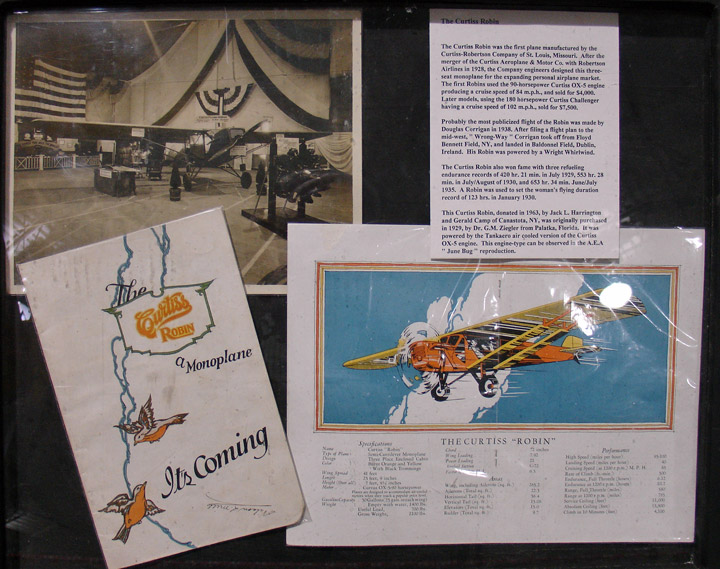

sea plane
Glenn H. Curtiss Museum
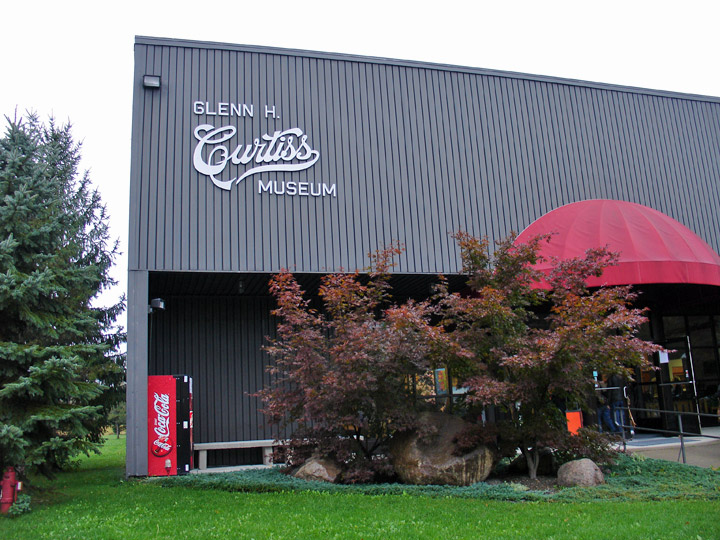
the Museum in Hammondsport, New York
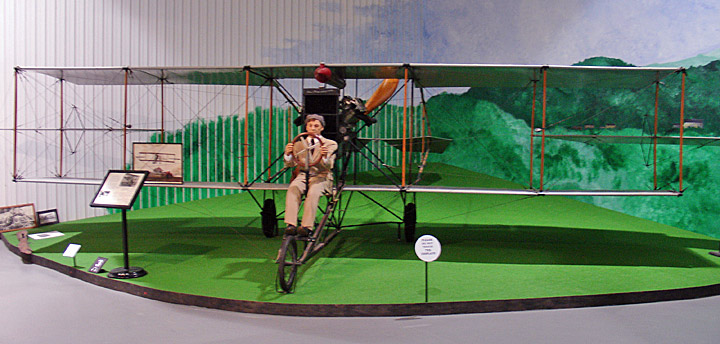
Model D Pusher
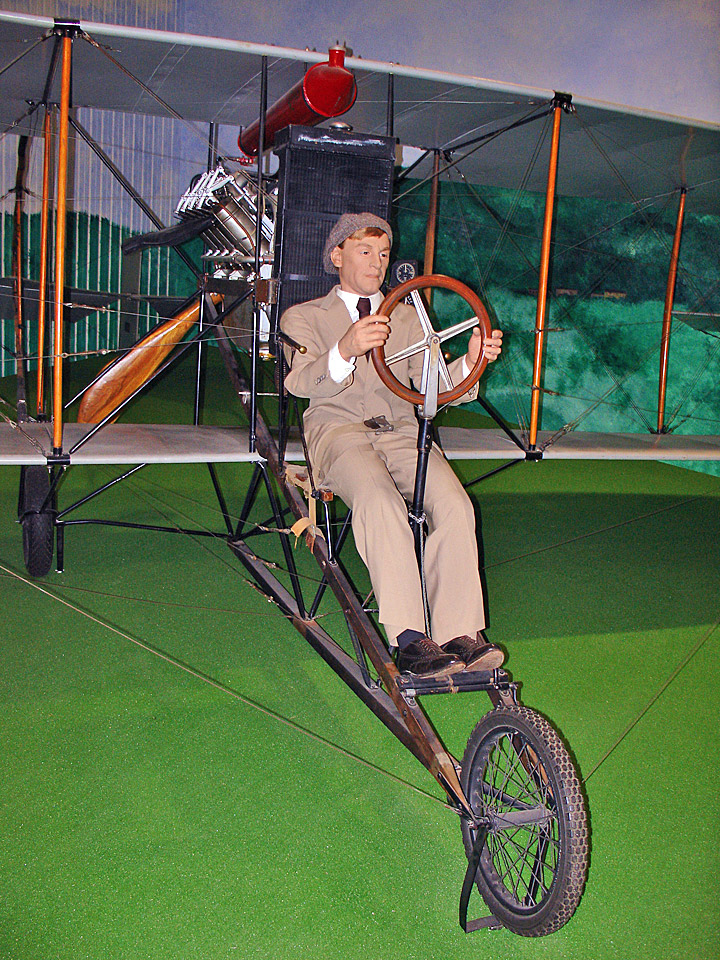
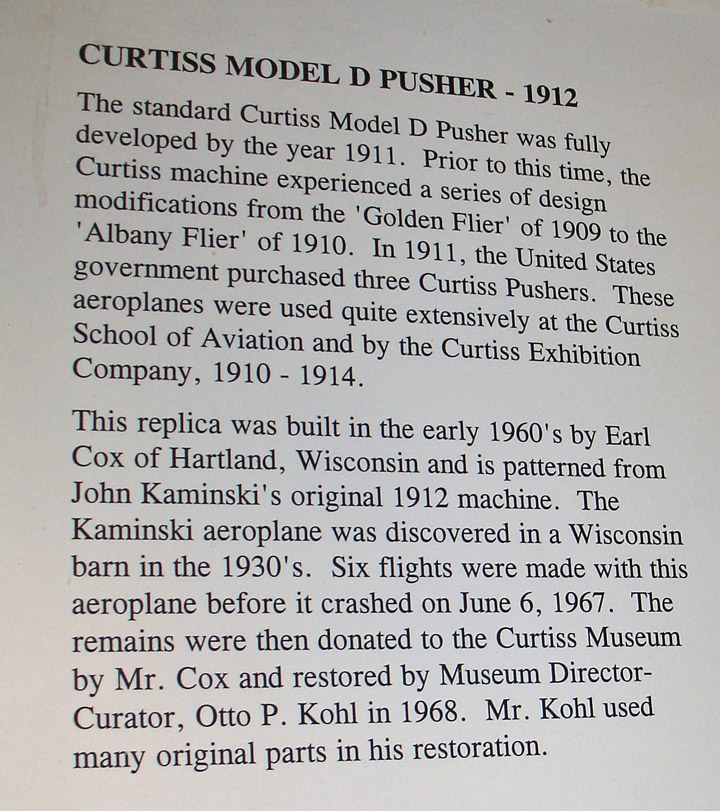
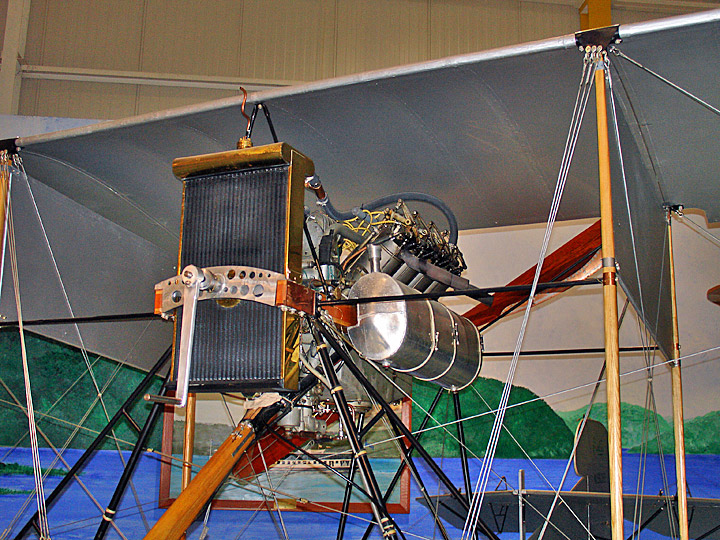
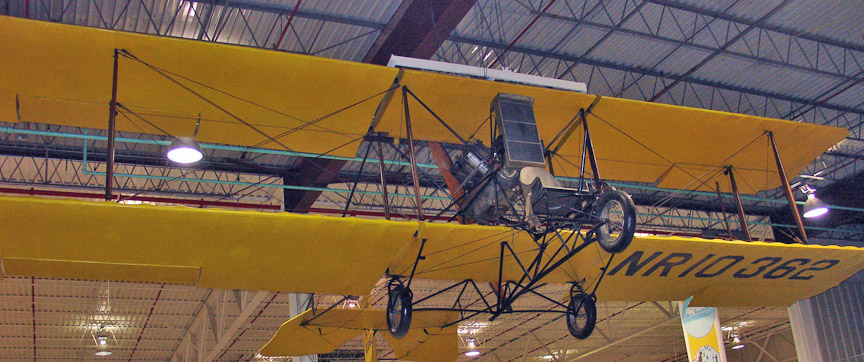
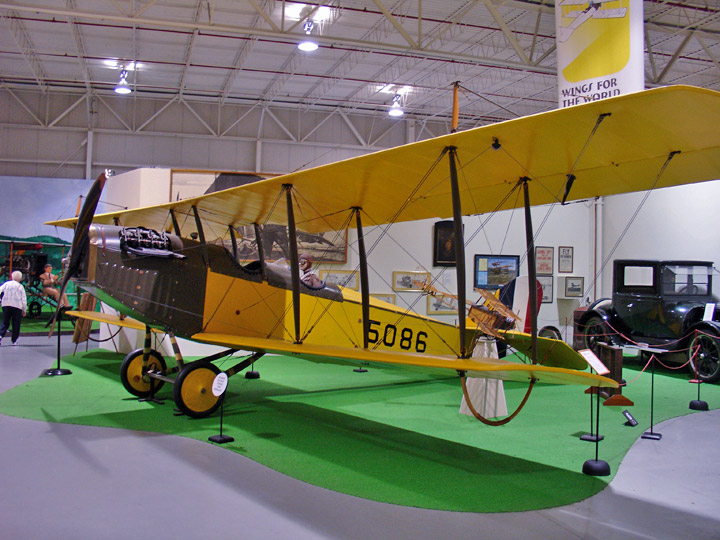
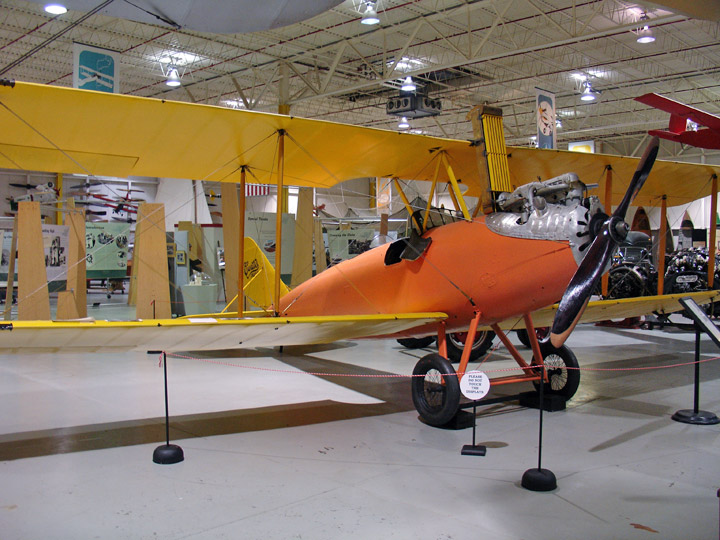
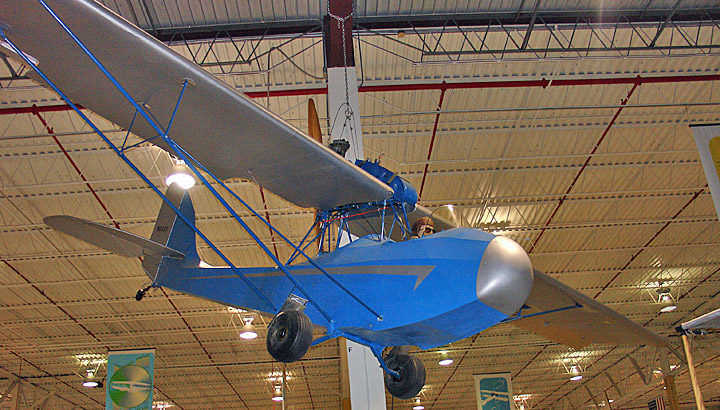

Curtiss radial engine
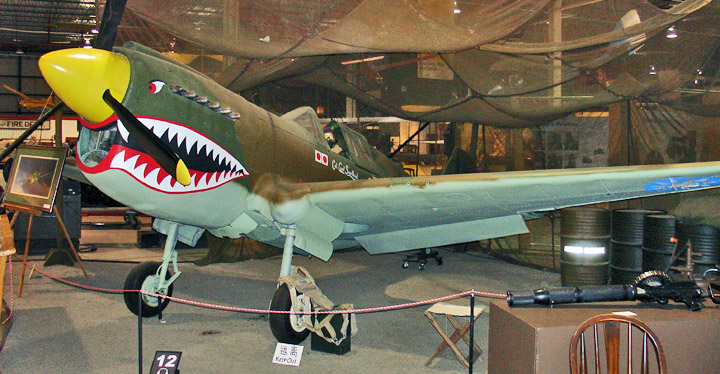
flying tiger aircraft of World War II
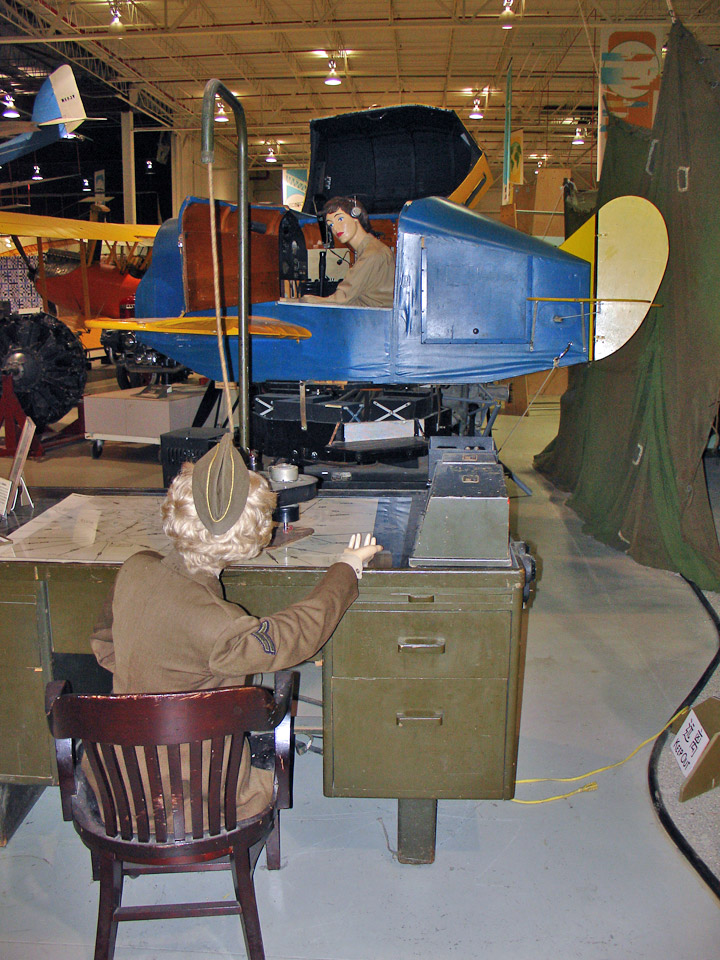
Link trainer of WW II
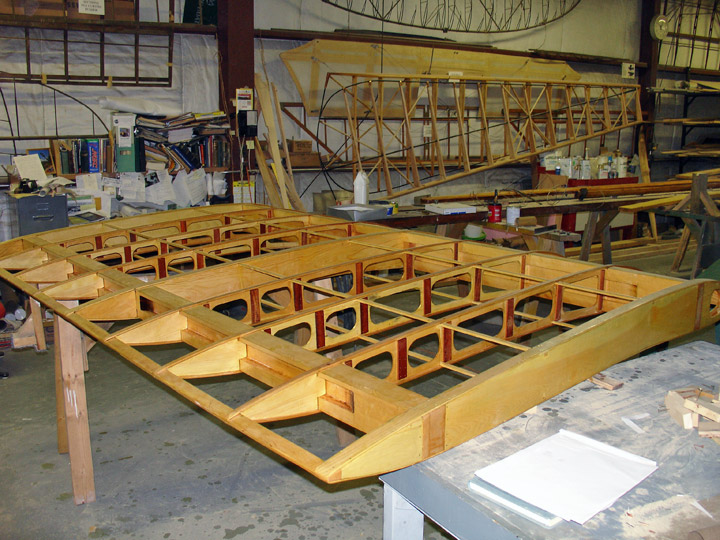
light wood construction of the
early Curtiss airplane wings
(in the renovation shop of the Museum)
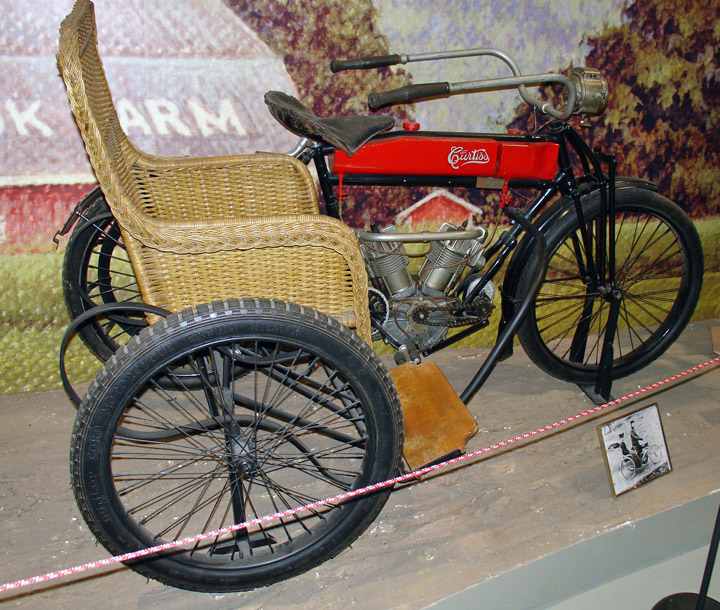
another Curtiss project
(motorcycle with a side chair)
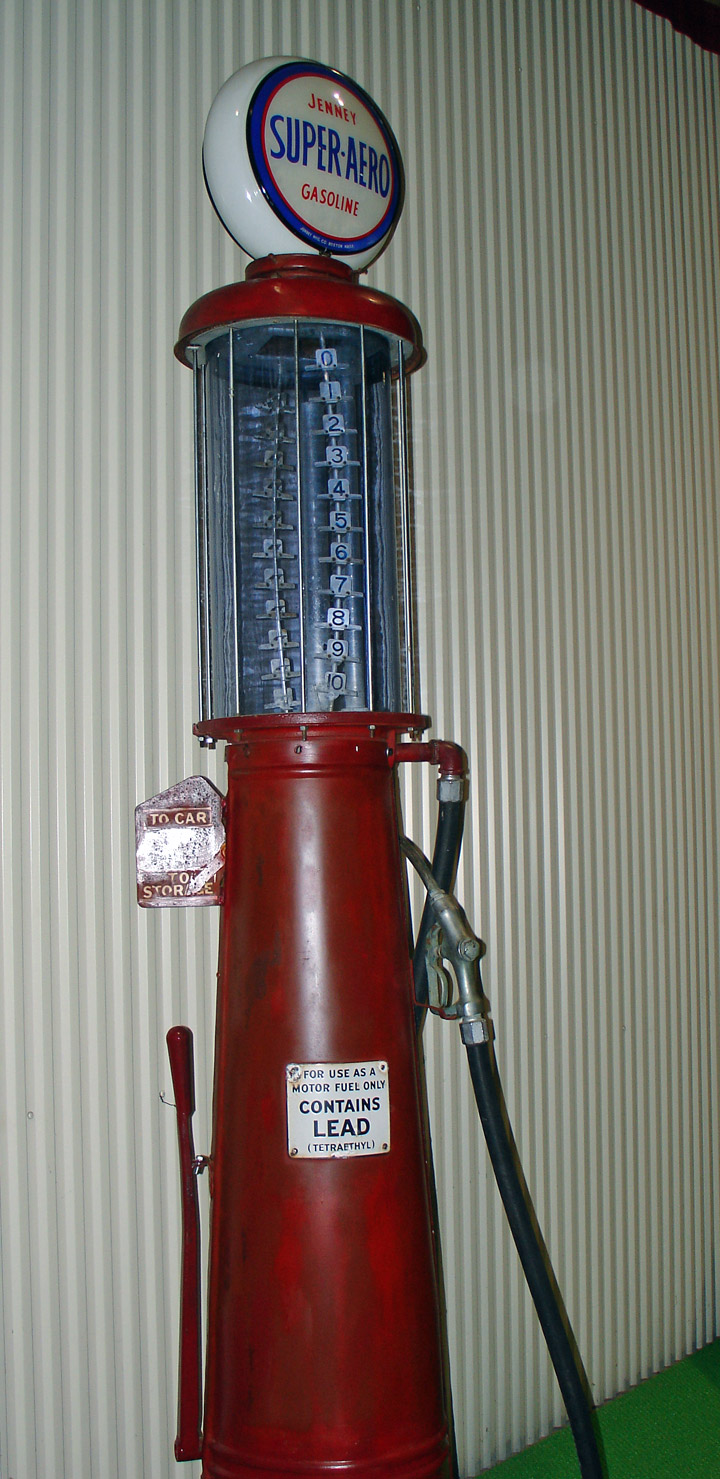
All based on the use of gasoline engines
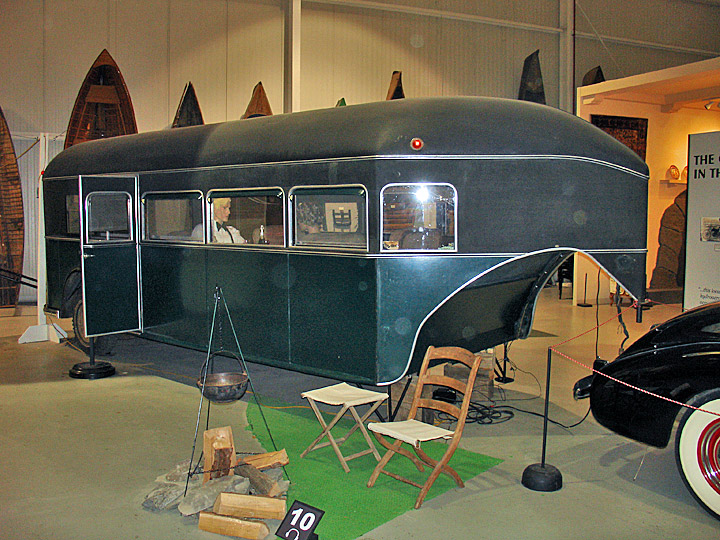
a travel trailer designed by
Curtiss
(for riding in, not yet for overnight sleeping)
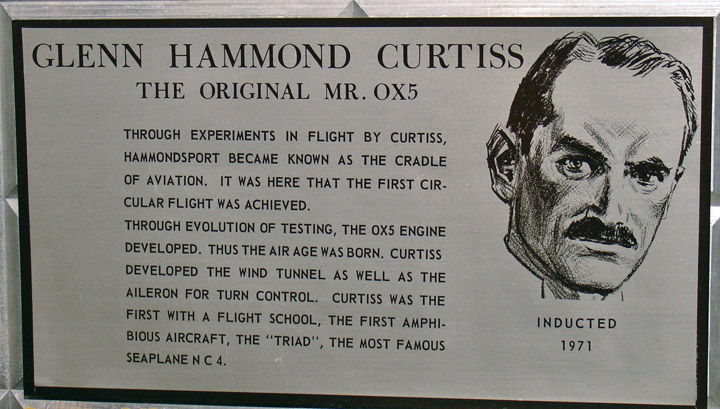
one of his many awards
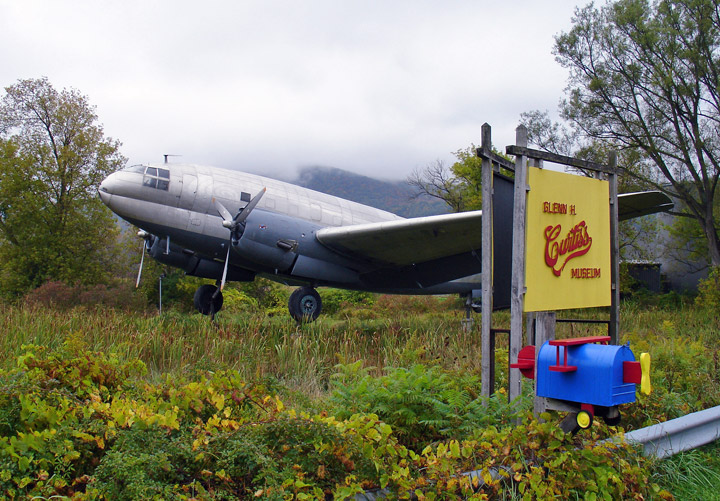
a
C-46 Curtiss Commando
the Condor, an earlier model, was built in the '20s
and was the last type of airplane
he personally flew
the model Condor ll
was used commercially
there were only a dozen originals, built in 1926, and mostly for the military